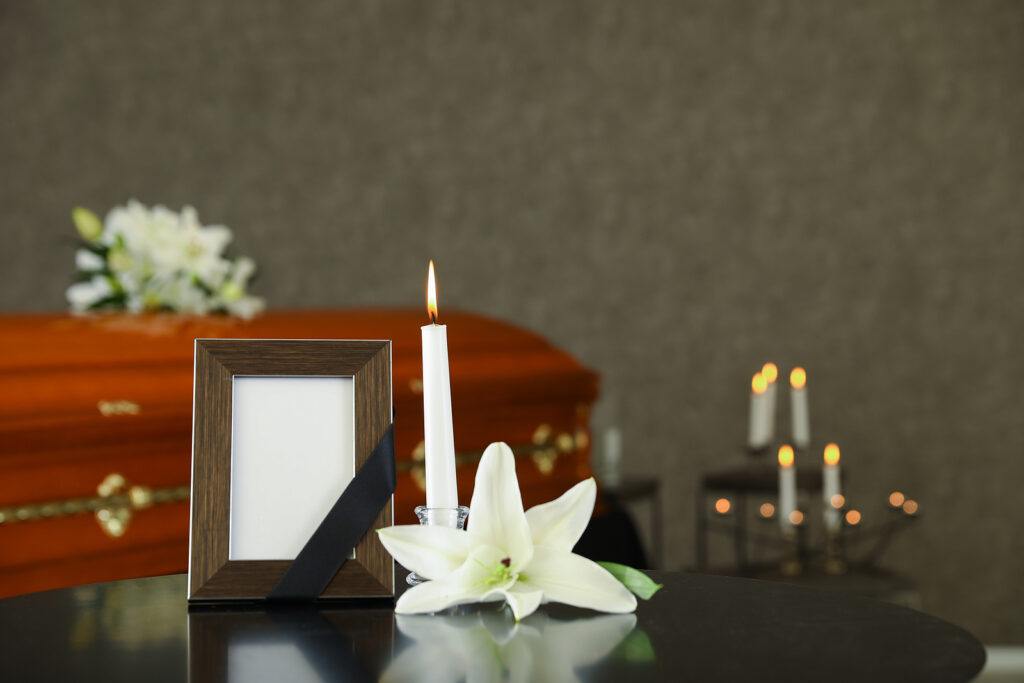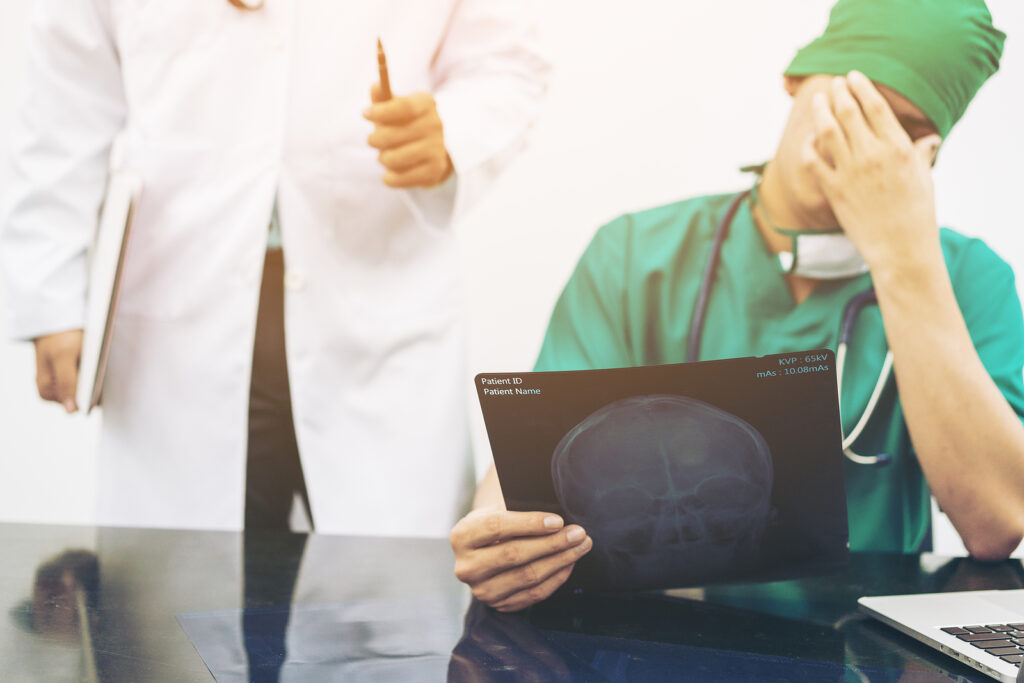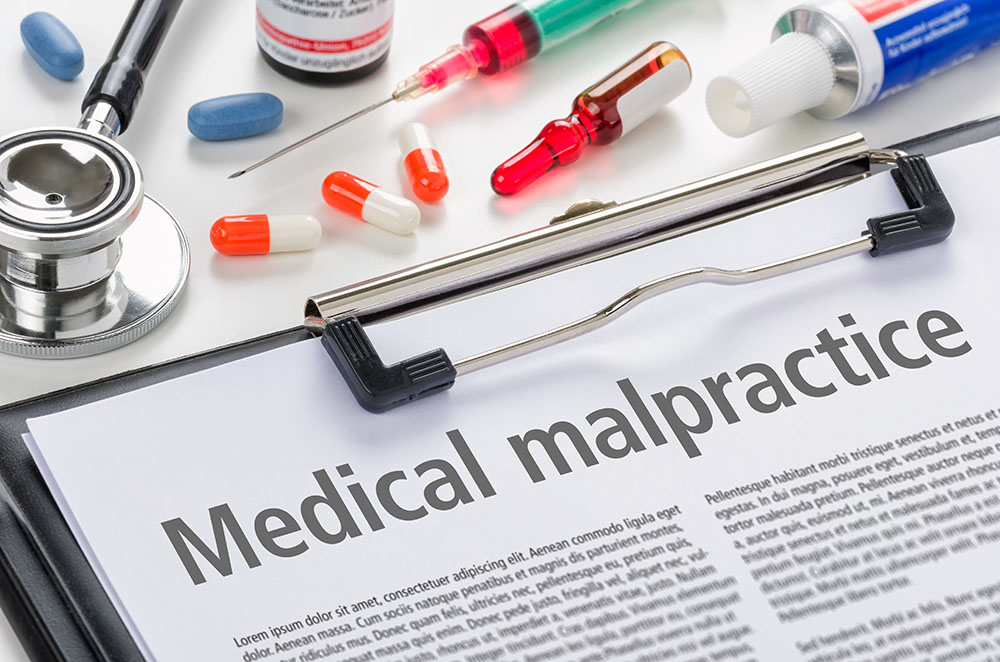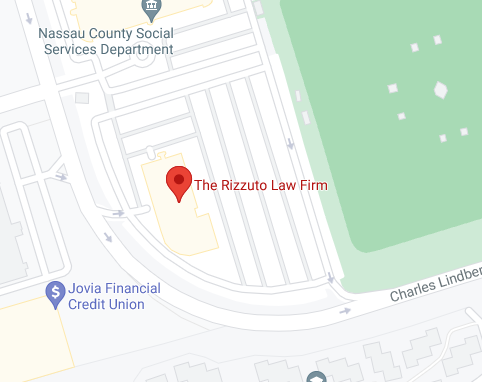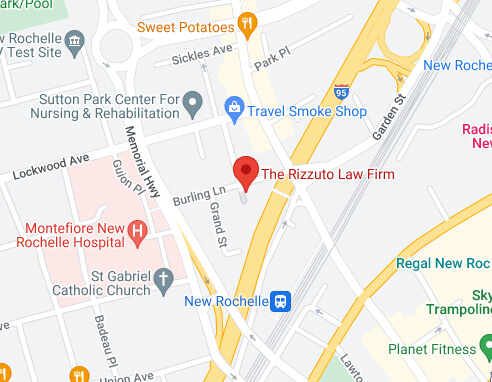A slip and fall accident can be unnerving, especially if it causes injuries. It might sound like filing for and receiving financial compensation for those injuries would be easy. However, slip and falls can be complicated (and definitely benefit from working with an experienced lawyer). Here’s what you need to know.
What Does it Take to Prove Fault in a Slip and Fall Case?
The more evidence that can be provided, the stronger the case for receiving damages will be. Evidence can include:
- Photos or videos of the accident, especially images focused on what the culprit may have been (for example, uncleared snow on a sidewalk)
- Eyewitnesses who saw the accident happen
- Photos of the injuries, along with related medical records
- Proof that the injured person lost work time due to the injury and, if applicable, proof of lost wages
- Any communication that proves the property’s owner knew about the dangerous conditions but didn’t address them
How Is Negligence Proven in New York?
Proving negligence is critical to winning damages for injuries suffered in personal injury cases, including slip and falls. The property owner must be shown to have been negligent in caring for the property.
There are four aspects of proving negligence in New York:
- Duty of care. This means that the property owner had a duty to ensure the property was safe for others to visit or traverse. If a dangerous condition arises, such as the previously mentioned snow conditions, they must be mitigated within a reasonable amount of time.
- Breach of the duty of care. This means the property owner didn’t provide the necessary care to prevent dangerous conditions. That doesn’t mean that an owner who doesn’t shovel a sidewalk is immediately breaching the duty of care, but if several hours elapse and other sidewalks around them have been cleared, the reasonable time may have passed.
- Causation. This means that because the property owner didn’t mitigate the dangerous situation in a timely manner, someone had an accident and was injured. This is key to a successful case. If the injury can’t be tied to the owner’s negligence, then negligence isn’t proven.
- Damages. The accident that occurred because of the property owner’s negligence caused injuries as well as financial damages, such as out-of-pocket medical bills or lost wages. Without proof of injury and damages, the case won’t succeed.
What Effect Does New York’s Comparative Negligence Laws Have on My Slip and Fall Case?
Every state has a version of comparative negligence laws, but they can vary significantly from state to state. Regardless of which type is followed, they can all have a significant effect on how (and if) damages are awarded in slip and fall accident cases.
There are three types of comparative negligence in the U.S.
- Contributory negligence. This version of comparative negligence is used in only a handful of states and is the most stringent. It says that if the injured person is even 1% at fault for the accident, they’re no longer eligible to receive any damages, no matter how severe their injuries are.
- Modified comparative negligence. Most states use this type of comparative negligence. Depending on the state, it says that if the injured person is more than 50% or 51% responsible for the accident, they can’t receive damages. If their fault is under the 50% or 51% threshold, they can receive damages, but the amount is reduced by the percentage of the fault. So if someone is awarded $10,000 in damages but was deemed to be 40% at fault, they’ll receive $6,000 instead.
- Pure comparative negligence. Used only in a few states, this one provides considerable flexibility to the injured person by stating that even if they’re 99% responsible for the accident, they can still receive 1% of the damages awarded to them.
New York follows the pure comparative negligence law. The good news is that even if they’re found partly or mostly to blame for the accident in which they were injured, they’re still eligible to receive some of the damages.
However, the bad news is that the other side is going to be highly motivated to deflect as much blame as possible onto the victim to reduce what they’re ordered to pay. That’s why it’s vital to work with an experienced slip and fall attorney who knows how to prepare for their tactics.
What Should I Do if I Need Help if I Was Injured in a Slip and Fall Accident?
If you can, right after the accident, try to take photos or videos of the accident site, especially of what you think may have caused the accident. It’s also crucial to see a doctor as soon as possible, even if you don’t think your injuries were bad. Some severe injuries don’t present symptoms right away and can worsen if left untreated.
Then call the Rizzuto Law Firm as soon as possible at 516-622-0606 for a free case evaluation. These are complex cases that benefit from a knowledgeable, experienced slip and fall injury attorney.
The property owner’s insurance representative or attorney (or both) may try to contact you. Don’t communicate with them. They want to deflect as much fault away from their client as possible and may try to get you to say something that indicates the fault was yours. Another tactic they might try is to have you accept a settlement that’s much lower than you’re eligible for. Refer all communication to your lawyer.



